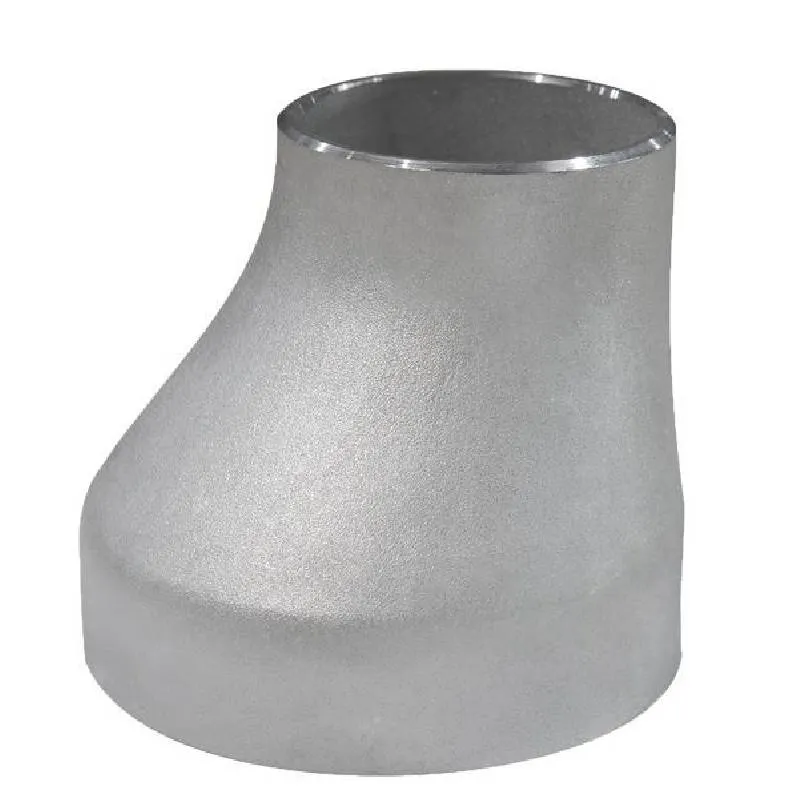-
Cangzhou Yulong Steel Co., Ltd.
-
Phone:
+86 13303177267 -
Email:
admin@ylsteelfittings.com
- English
- Arabic
- Italian
- Spanish
- Portuguese
- German
- kazakh
- Persian
- Greek
- French
- Russian
- Polish
- Thai
- Indonesian
- Vietnamese
- Zulu
- Korean
- Uzbek
- Hindi
- Serbian
- Malay
- Ukrainian
- Gujarati
- Haitian Creole
- hausa
- hawaiian
- Hebrew
- Miao
- Hungarian
- Icelandic
- igbo
- irish
- Japanese
- Javanese
- Kannada
- Khmer
- Rwandese
- Afrikaans
- Albanian
- Amharic
- Armenian
- Azerbaijani
- Basque
- Belarusian
- Bengali
- Bosnian
- Bulgarian
- Catalan
- Cebuano
- China
- China (Taiwan)
- Corsican
- Croatian
- Czech
- Danish
- Esperanto
- Estonian
- Finnish
- Frisian
- Galician
- Georgian
- Kurdish
- Kyrgyz
- Lao
- Latin
- Latvian
- Lithuanian
- Luxembourgish
- Macedonian
- Malgashi
- Malayalam
- Maltese
- Maori
- Marathi
- Mongolian
- Myanmar
- Nepali
- Norwegian
- Norwegian
- Occitan
- Pashto
- Dutch
- Punjabi
- Romanian
- Samoan
- Scottish Gaelic
- Sesotho
- Shona
- Sindhi
- Sinhala
- Slovak
- Slovenian
- Somali
- Sundanese
- Swahili
- Swedish
- Tagalog
- Tajik
- Tamil
- Tatar
- Telugu
- Turkish
- Turkmen
- Urdu
- Uighur
- Welsh
- Bantu
- Yiddish
- Yoruba

Nov . 18, 2024 01:03 Back to list
weld on pipe caps steel
Understanding Weld-On Pipe Caps for Steel Applications
In the world of piping and plumbing, ensuring the integrity of systems is paramount. One significant component that plays a crucial role in this is the weld-on pipe cap. Especially relevant in steel applications, these caps are designed to close the ends of pipes, providing both functional and structural benefits.
What Are Weld-On Pipe Caps?
Weld-on pipe caps are fittings used to seal the end of a pipe to prevent the ingress of contaminants and maintain system pressure. They are typically crafted from different types of metal; however, steel is the most common due to its strength and durability. Weld-on caps provide a robust solution, as they are permanently affixed by welding, ensuring a tight and secure seal that is resistant to leaks.
Types of Steel Used in Weld-On Caps
Weld-on pipe caps can be made from various types of steel, including
- Carbon Steel Known for its high strength and versatility, carbon steel caps are cost-effective and suitable for a wide range of applications, including oil and gas pipelines. - Stainless Steel Renowned for its corrosion resistance, stainless steel caps are often used in industries where hygiene is crucial, such as food and pharmaceuticals. - Alloy Steel These caps are designed for high-temperature and high-pressure applications, making them ideal for industrial settings.
Advantages of Weld-On Pipe Caps
2. Seal Integrity A weld-on cap offers a complete seal that prevents leaks. This is particularly crucial in systems that transport hazardous materials or require high-pressure containment.
weld on pipe caps steel

3. Durability Steel weld-on caps can withstand severe environmental conditions, including temperature fluctuations and exposure to various chemicals.
4. Customization Weld-on caps can be manufactured in various sizes and specifications to suit the particular needs of different piping systems, ensuring versatility across applications.
Installation and Maintenance
Installing a weld-on pipe cap requires skilled labor, as it involves welding techniques that adhere to safety and quality standards. Proper preparation of the pipe and cap surfaces is essential for a strong joint. Once the cap is welded, it should undergo thorough inspection to check for any defects that could compromise the seal.
Maintenance for welded caps is relatively straightforward; periodic inspections for wear, corrosion, and other potential issues can help ensure long-lasting performance. It’s crucial to abide by industry standards and manufacturer guidelines regarding both installation and maintenance to ensure the longevity and effectiveness of weld-on pipe caps.
Applications of Weld-On Pipe Caps
Weld-on pipe caps find extensive usage across various industries, including
- Oil and Gas To secure and contain pipeline systems. - Water Treatment To seal pipes in water management systems. - Manufacturing In countless applications where secure pipe ends are necessary. - Construction Used in structural applications to complete piping systems.
Conclusion
Weld-on pipe caps are integral components in the fields of plumbing and piping. Their ability to provide a secure seal, durability, and strength makes them an indispensable choice for many industrial applications. When selecting weld-on pipe caps, it’s essential to consider factors like material type, size, and intended use to ensure optimal performance. Understanding their features and benefits will assist engineers and construction professionals in making informed decisions for their projects, ultimately leading to safer and more reliable systems.
Latest news
-
ANSI 150P SS304 SO FLANGE
NewsFeb.14,2025
-
ASTM A333GR6 STEEL PIPE
NewsJan.20,2025
-
ANSI B16.5 WELDING NECK FLANGE
NewsJan.15,2026
-
ANSI B16.5 SLIP-ON FLANGE
NewsApr.19,2024
-
SABS 1123 FLANGE
NewsJan.15,2025
-
DIN86044 PLATE FLANGE
NewsApr.19,2024
-
DIN2527 BLIND FLANGE
NewsApr.12,2024
-
JIS B2311 Butt-Welding Fittings LR/SR 45°/90° /180°Seamless/Weld
NewsApr.23,2024











